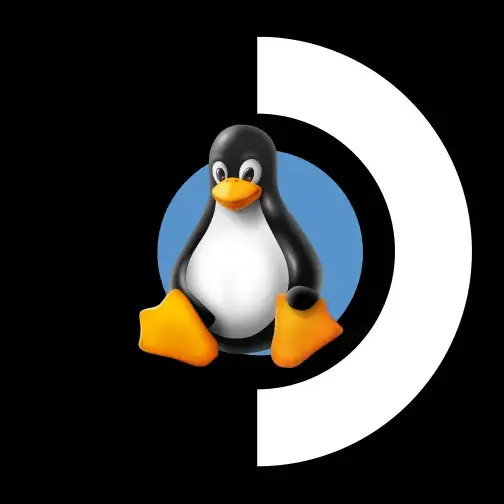

Wow this is terrible news. Basically Paradox owns the IP to Cities Skylines and Colossal Order seemingly want out.
I’d say a large reason CS2 has been such a mess is because it was rushed out, the paradox mod system is just not fit for purpose and there remains a ridiculous focus on getting the console version released + move on to DLCs rather than fixing the main game. I’d put most of the blame on Paradox’s shoulders to be honest.
It’ll be interesting to see what CO does next. CS1 was a great game, CS2 could have been a great game. Will they do another city sim or more onto something else? Seems a shame if they move on as they have grown so much expertise in the genre. I’m hoping they’re cutting free to do a game with their own vision, which was how CS1 came to be.


I loved CS1 and have had CS2 since launch. I just can’t get into CS2 - it’s just not fun.
A large part of that is Paradox Mods in CS2. When CS1 launched from day one you could go onto the steam workshop and download player made models - houses, offices, train stations, roads etc. It grew rapidly and continuously, and it meant every city you made you could customise and change. The game was constantly refreshing and fun, and you could make whatever you wanted.
For CS2, 2 years on and you still can’t add custom assets to the game. Paradox/CO have released themed region based asset packs that they have made and the mods are there, but the player made assets remain largely missing. And I suspect the reason is Paradox Mods and the upcoming console version - the PC version seems to have been held back from being good so Paradox can get it’s console launch. There seems to be a fundamental lack of understanding that the player made content was what made CS1 so great. I suspect CO get that, while Paradox only cares about DLC.